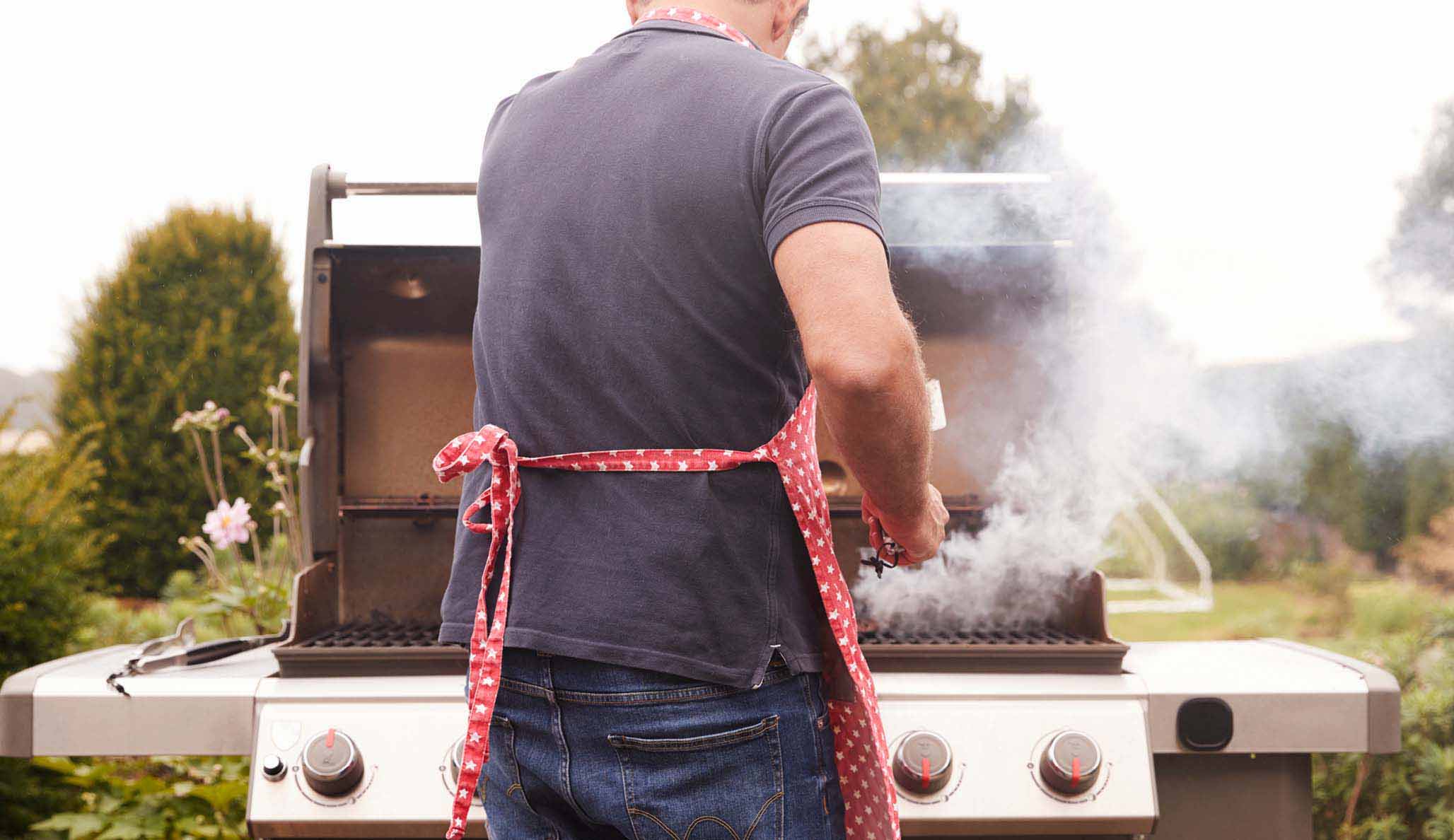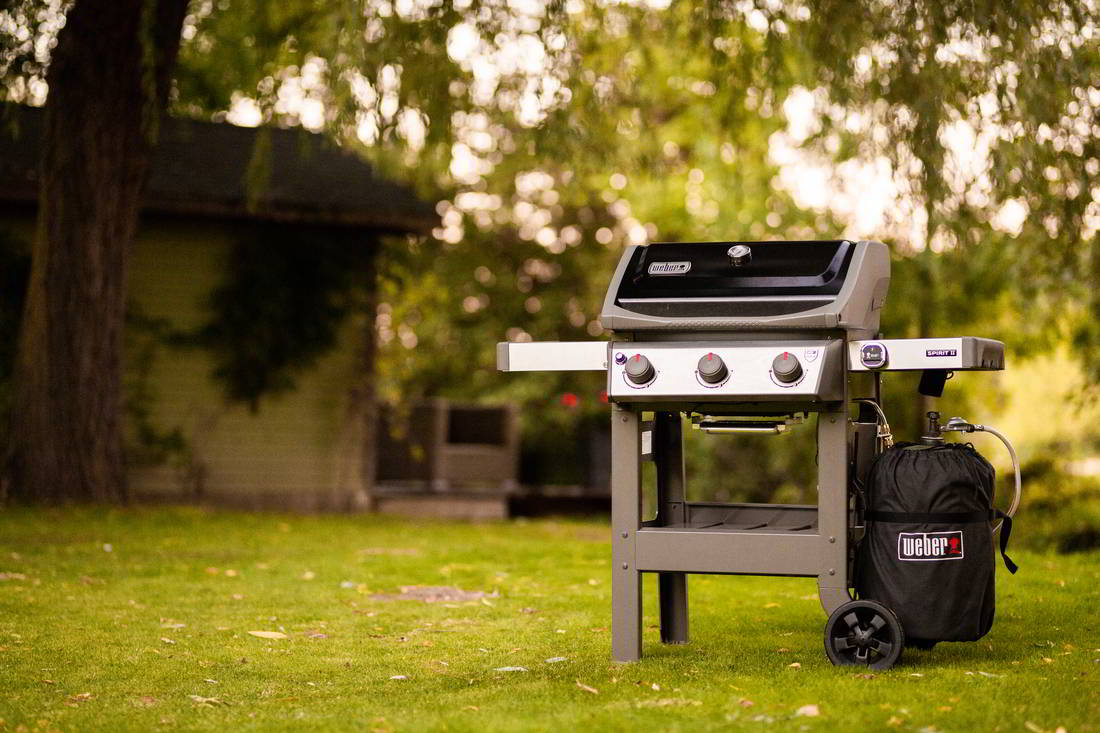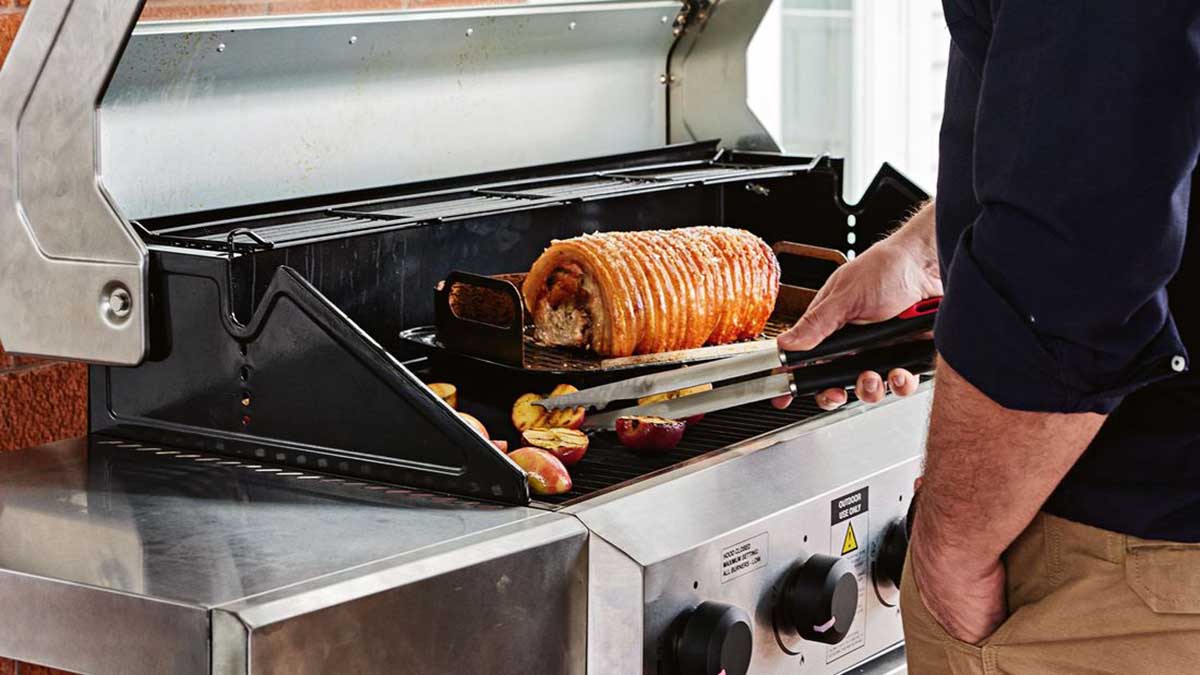Mastering the Art of Cooking Pork Shoulder on a Gas Grill
Written By James Morgan
Are you craving smoky, succulent pork shoulder? Imagine biting into tender, juicy pork with perfect charred edges, a delight that's hard to match. If you ever wondered how to cook pork shoulder on a gas grill, you're in the right place! Cooking pork shoulder on a gas grill is an adventure worth mastering, and I'm here to guide you through every step.

Why Choose Pork Shoulder?
Pork shoulder, also known as pork butt or Boston butt, is a cut that is prized for its flavor and versatility. It's perfect for low and slow cooking, which makes it ideal for the grill. This cut, rich in connective tissues and fat, when cooked correctly, transforms into tender and incredibly flavorful meat. You can use it for pulled pork, tacos, sandwiches, or just enjoy it as a standalone dish. And the best part? Learning how to cook pork shoulder on a gas grill is not only fulfilling but also a fantastic way to impress your family and friends at your next BBQ gathering.

Getting Started
Before you dive into the cooking process, its essential to get some preparations done. To ensure success, you need to have the right tools and ingredients on hand. Here are some of the key items you'll need:
- Gas Grill - Make sure your grill is clean and the burners are functioning well. Here's a link to an ideal Gas Grill.
- Knife - A sharp knife for trimming the pork shoulder. Check out this reliable Knife.
- Cutting Board - A sturdy cutting board to handle your pork shoulder. Consider this well-rated Cutting Board.
Pro tip: To maximize the flavor, consider giving your pork shoulder a generous rub of spices, then allowing it to rest for several hours or overnight in the refrigerator.

Preparing the Pork Shoulder
When it comes to preparing the pork shoulder, the process is both an art and a science. Begin by trimming any excess fat from the pork shoulder. While some fat is crucial for flavor, too much can lead to flare-ups on the grill. Use a sharp knife, like this trusted Knife, to achieve a neat trim and be mindful not to cut off too much. Once trimmed, generously season your pork shoulder with a dry rub. You can either make your own or purchase a pre-made one. Be sure to cover every inch of the meat for maximum flavor. Allow the seasoned pork shoulder to rest so the flavors can penetrate deep into the meat.

Setting Up the Gas Grill
To achieve that slow-cooked perfection when learning how to cook pork shoulder on a gas grill, you need to set up your grill for indirect grilling. This means you'll cook the pork shoulder away from direct heat, allowing it to cook slowly and evenly. Follow these steps:
1. Preheat Your Grill
Start by preheating your gas grill to about 250F. One of the most common mistakes in grilling pork shoulder is using too much heat. Low and slow is the rule of thumb.
2. Prepare Wood Chips
To infuse that wonderful smoky flavor, add some soaked wood chips to your grill. Hickory, oak, or applewood are excellent choices. Wrap a handful of wood chips in aluminum foil, punch a few holes, and place it directly on the burners under the grate.
3. Set Up for Indirect Cooking
Turn off one or two burners to create a zone of indirect heat. Place a drip pan under the grates where the pork shoulder will sit to catch the drippings.
Cooking the Pork Shoulder
Now comes the most rewarding part - cooking your pork shoulder:
1. Place the Meat on the Grill
Once your grill is prepped and at the right temperature, place the seasoned pork shoulder on the grates over the indirect heat zone.
2. Monitor the Temperature
Maintaining a consistent temperature is key. Aim to keep the grill at around 250F. Invest in a good grill thermometer to monitor both the grill and meat temperatures accurately.
3. Time and Patience
Pork shoulder is a large cut, so it will take several hours to cook through. Depending on the size, you may need 1.5 to 2 hours per pound. Use a meat thermometer to check the internal temperature. The goal is to reach an internal temp of around 195F for pulled pork.
Basting and Wrapping
During the cooking process, occasionally baste the pork shoulder with a mop sauce to keep it moist. When it reaches about 160F internally, consider wrapping it in aluminum foil. This step, known as the Texas Crutch, helps speed up the cooking process and retain moisture.
Resting and Serving
Once your pork shoulder has reached the desired temperature, remove it from the grill and let it rest. This step is crucial as it allows the juices to redistribute throughout the meat, ensuring every bite is moist and flavorful. Let it rest for at least 30 minutes before slicing.
Time to Feast
Finally, it's time to enjoy the fruits of your labor. Whether you're making pulled pork sandwiches, tacos, or simply serving it with a side of coleslaw, your friends and family are in for a treat. The smoky, tender meat will be the star of the meal.
For additional tips and detailed steps, you can check out this comprehensive guide on smoking pork shoulder.
Cleaning and Maintenance
Don't forget to clean your grill and tools after the meal. Maintaining your equipment ensures it stays in great shape for future BBQs. Here are some helpful cleaning products that can make the task easier:
As an Amazon Associate, I earn from qualifying purchases.
So, next time you're in the mood for some BBQ, remember these steps and enjoy the best pork shoulder right off your gas grill. Happy grilling!



